15 ways to stay motivated for longer
Art has been a huge gift for me and I’m grateful to my past self for taking the chance to pursue it. I didn’t try to make a career in art until I turned 30, and I didn’t get my foot in the door until I was 33. Because of what I considered were my limitations, I didn’t take this opportunity for granted. I was pretty fearless early on because I felt as though I had nothing to lose. It was a tough road filled with self-doubt.
I believe that a majority of my growth as an artist came to me not just by practising and learning art techniques, but through analysing my mindset during that process: looking at why being an artist was so appealing; where my motivation and drive were coming from; and how that motivation and drive continues to evolve.
While some of these tips may seem basic, I still revisit them to understand why they work so well for me when I’m stuck creatively. These tips are the foundation for getting clear about how to motivate yourself to create for longer periods and be excited to do so. I hope they’re helpful to you as much as they were for me.
01. Set goals and challenges
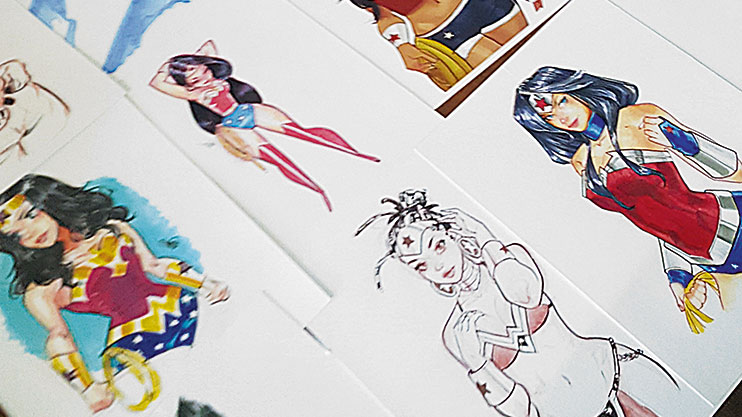
You need two things to get where you want to go: a starting point and a destination. Leave out either one and you’ll end up feeling frustrated and believing that your efforts are pointless. Goals are the best way to start setting a destination for improvement.
For many years I just wanted to get better. The problem was that I didn’t take the time to define what it really meant to 'get better' – it’s such a vague concept. Having small-, medium- and long-term art goals helps solidify a sense of purpose to your work.
One approach that helped me was to limit most goals to about 30 days each. Thirty days of doing a task usually makes it easier to turn it into a habit that stays with you while you tackle other subjects. Make your first few challenges more about having fun. Connect them to something you geek over (I spent a month drawing different takes on Wonder Woman). Eventually, the 30-day habit will feel natural. You can then move on to challenges that are geared towards areas of weakness. For me, that’s handling colours. Carry out small studies and learn one new facet of that subject each day. After 30 days you’ll have a strong understanding in that area.
02. Give yourself a 'why'
When I was younger, I liked being told I was good at art because I was a failure in pretty much every other aspect of my life. My 'why' I drew was easy to see and the results were enough to make me happy with where I was with my art.
Daily design news, reviews, how-tos and more, as picked by the editors.
When I met my wife, my 'why' changed to 'I want to take care of my wife and family'. Up until this point I had never tried to become a pro artist. This new 'why' took over and I set off to do something I didn’t think I could do but now, in my mind, I actually had to. It helped me identify previously unseen opportunities. It also made me focus less on the obstacles and more on the solutions. The easiest thing to say is, 'I want to be a good artist'. However, having a meaningful reason for why you want to be a good artist helps you reach that goal much more easily.
03. Set aside time for doodling
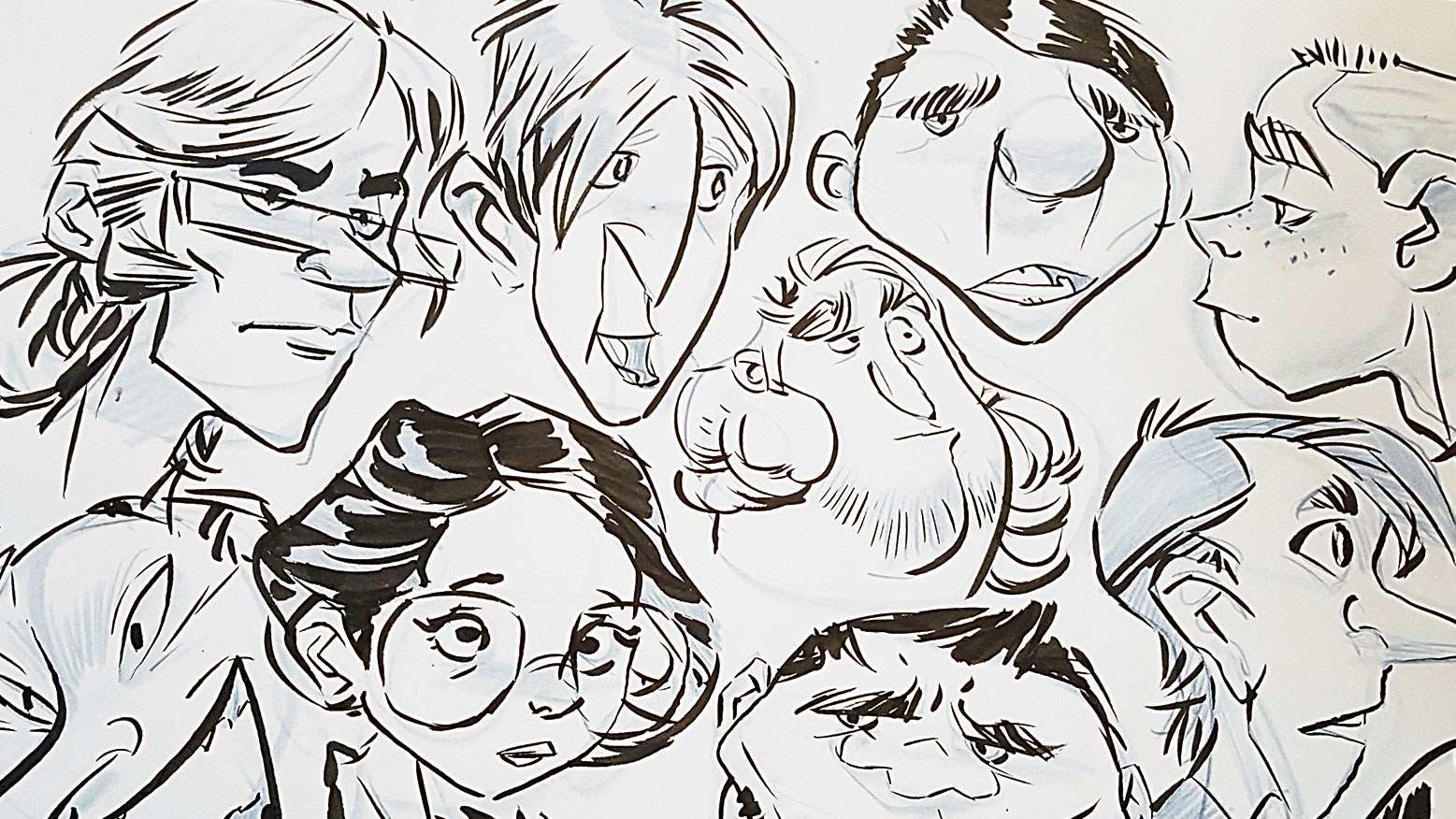
Practising specific subjects or techniques can be draining after a while. So when I’m stuck and not motivated, I’ll spend 15 minutes just doodling. This is a chance to experiment with shapes, sizes, colours and so on that I don’t normally tackle. There’s no pressure to learn anything from them and I usually go over the results on a day that I’m in the mood to draw, to see if I can take something from them.
I doodle both traditionally and digitally. Some days I challenge myself to make mistakes on purpose, do as many things that I think don’t have appeal, and then laugh about them. Those kind of days give me the ability to not take things so seriously. They’re reminders that it’s okay to be messy, make mistakes and go a little out there just for kicks and grins. You never know what you’re gonna bring back.
04. Have a day of brainstorming
Come up with a list of things that pique your interest. This can be everything from films, video games, books, animals and foods to favourite holiday locations, sports, and inspiring people and places. With films, books and video games alone, there’s a plethora of genres and characters to pull from.
I usually do this at the beginning of the week to be consistent throughout that week. Making brainstorming a long- term habit will get your mind looking into areas that you wouldn’t have normally thought of, as well as give you a library of topics to work from when you’re lacking motivation.
05. Explore a topic that excites you
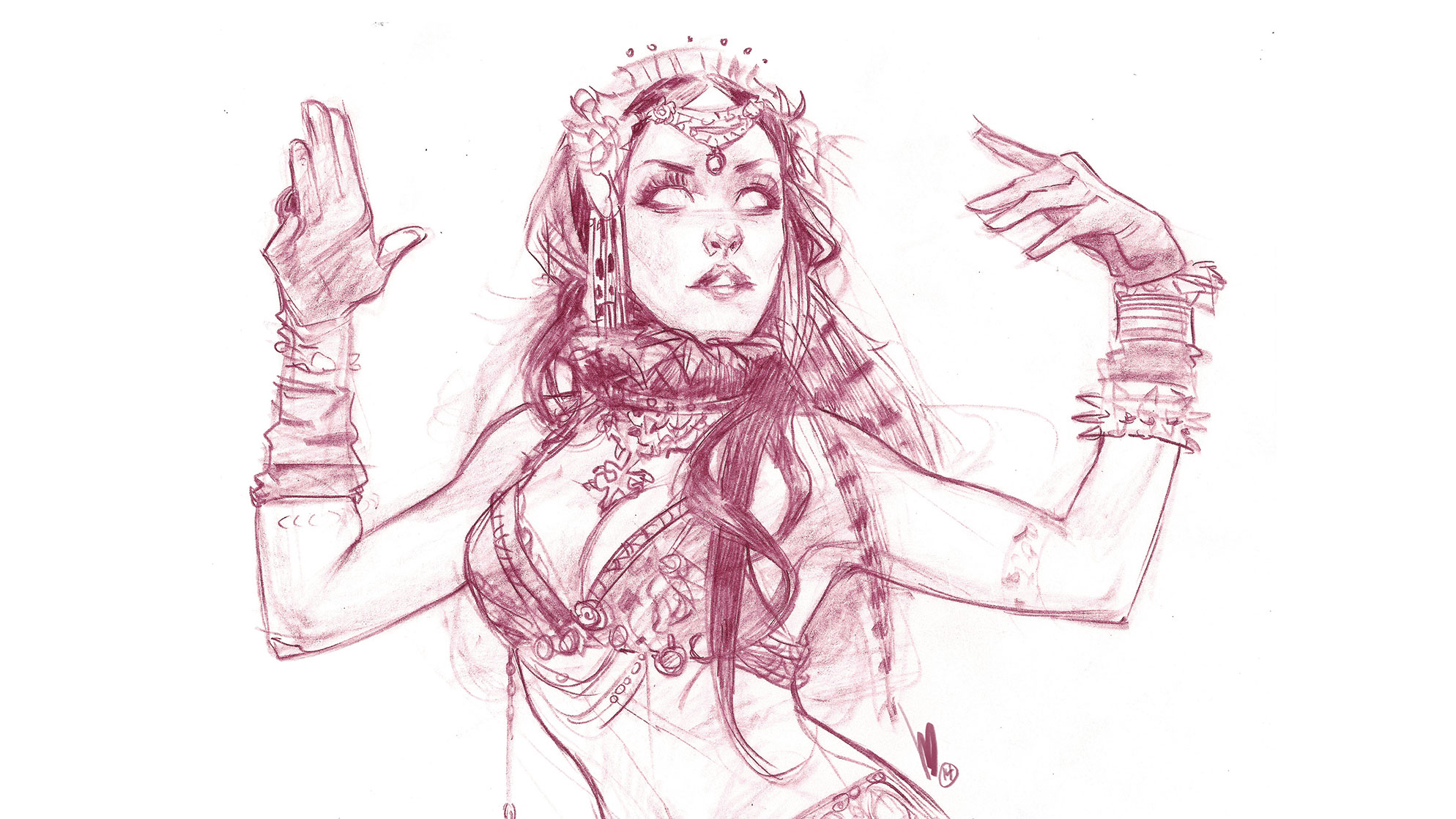
I usually paint female portraits (see tip #6), and have been working on just that subject for about 18 years now. It had nothing to do with work or making money. It became more of a long-term challenge. I always felt I wasn’t clever enough to understand anatomy. So I hid that weakness by drawing monsters, where I could make up my own anatomy.
I then settled on portraits because I thought if I could capture the subtleties of the female face and form, I would have more control over lines and shapes. All my art heroes could draw women well and make them strong in nature, yet retain the feminine appeal. What I learned (and still learn) from just the one subject is that I may have a better understanding after all this time, but I know I’ll never learn everything on that subject.
It’s helped me to see things I wouldn’t have to known to look for when I first started. I now take those observation skills into other areas of study, which has helped me to be excited to learn things I normally wouldn’t have attempted to tackle.
06. Work from big to small
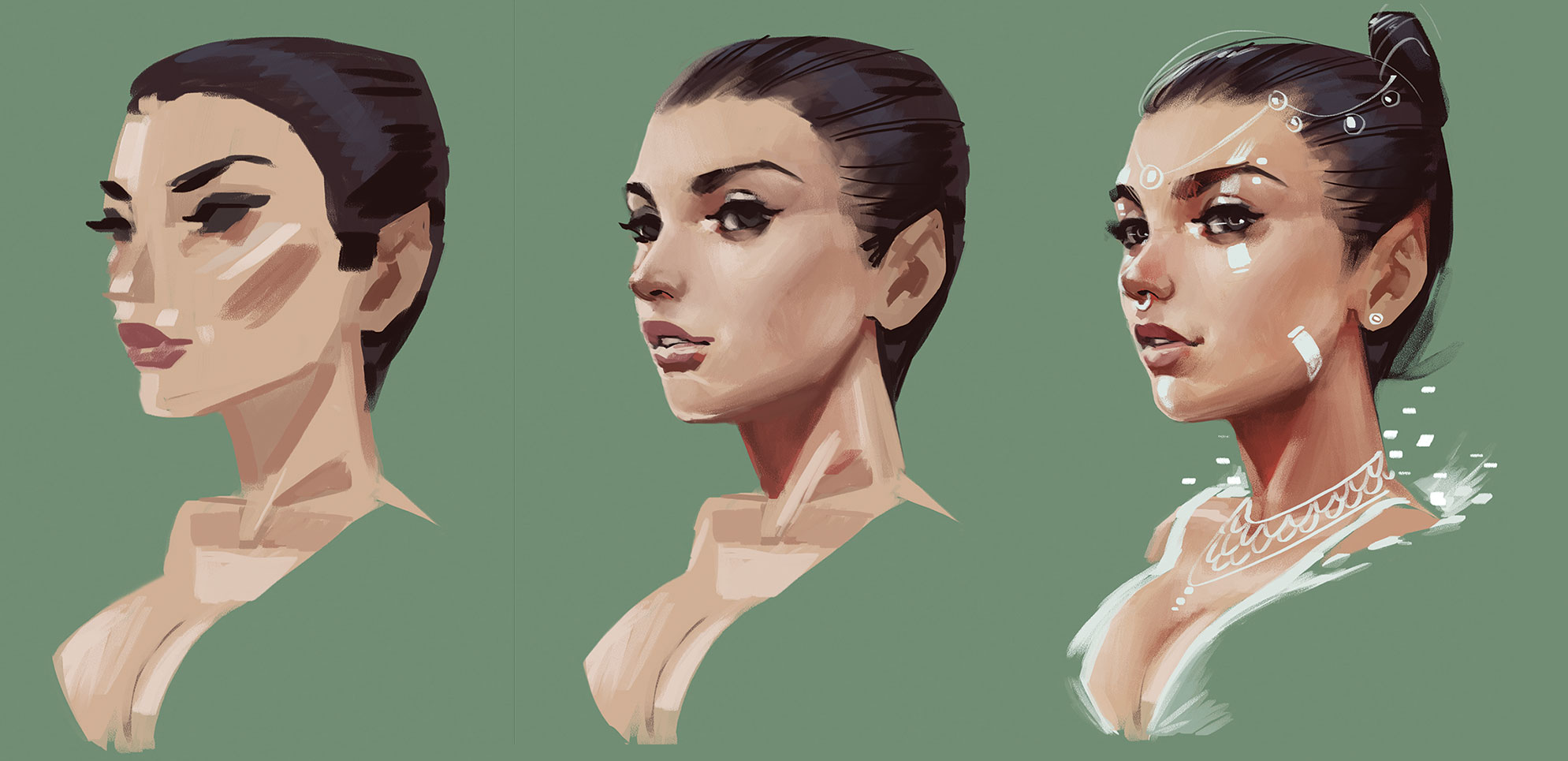
When I’m motivated, it’s hard not to just jump right into the polishing stage. Yet by holding off as long as I can, I’ll get more done in less time. Observe the three pictures above.
As in the first image, going large with strokes I usually grab my local colours and apply generous-sized strokes that indicate where the main features are, such as the direction of the lighting, large shadow shapes and warm/cool areas. It was tricky for me to work this way early on because I had a hard time looking past all the ugliness.
In image two, I start to refine facial features. I begin blending colours by softening edges. I also add some slightly smaller shapes and refine others to further refine features like the eyes and nose. This is the stage where you can get caught up in doing the details, but I find it easier to make major changes if necessary during this stage.
Lastly, I dive into the details. Everything I add now is to encourage the viewer’s eye to travel around the image. I don’t go too crazy and make sure everything supports those elements that are important to the picture. If you have a solid image going into this stage, the details become the icing on the cake.
07. Deconstruct paintings and reference
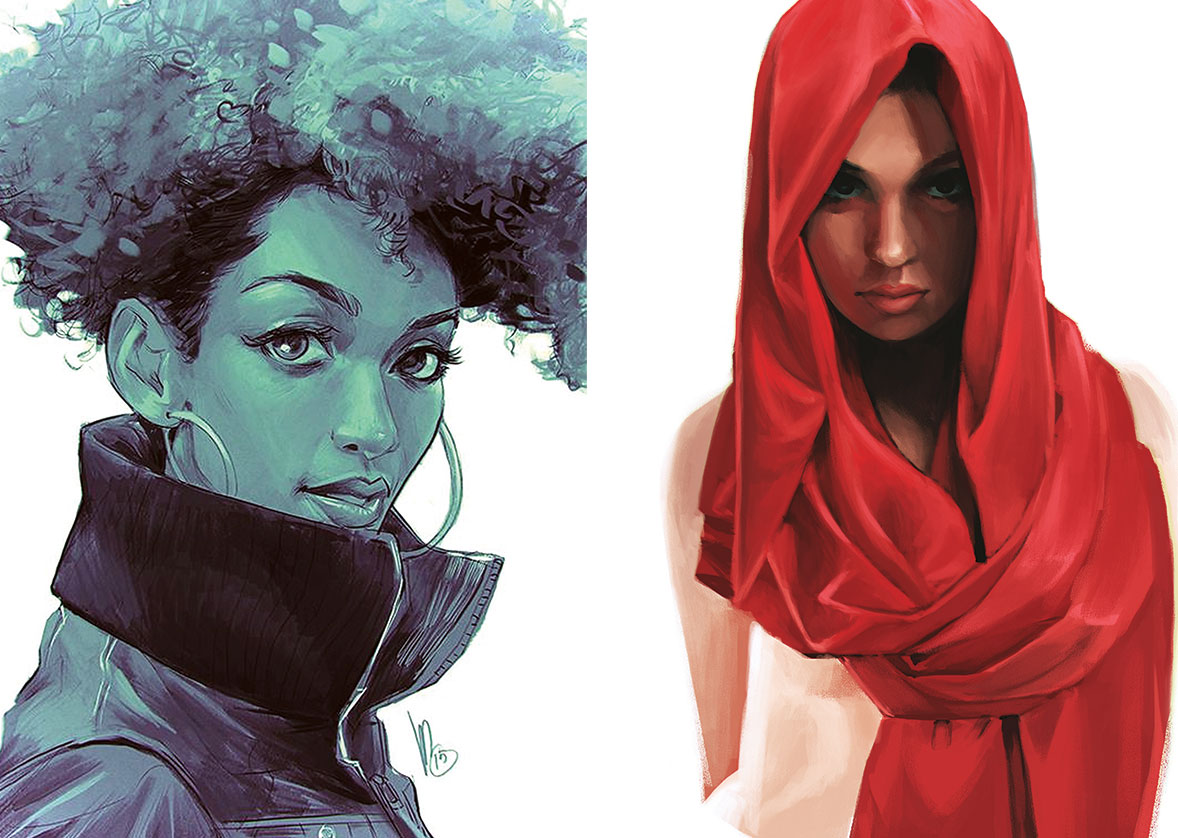
Copying other people’s work or references was taboo early on in my journey to become an artist, so I tried to steer clear of it. But when I started my first studio job, I noticed that there was a lot of reference usage. My co-workers would gather inspiration pieces, deconstruct them and then come up with something new. I felt betrayed because I thought everything was done without reference!
Being able to access so many great artists these days can be overwhelming and make you feel as though you’ll never make your mark on the art world. Yet if done properly, using reference and emulating your favourite artist can give you some great insight into the creative process. Especially when you set aside the original artwork and apply the techniques you’ve learned in your own way. You’ll achieve the right results with the knowledge that it’s all your own work.
08. Meet with like-minded artists
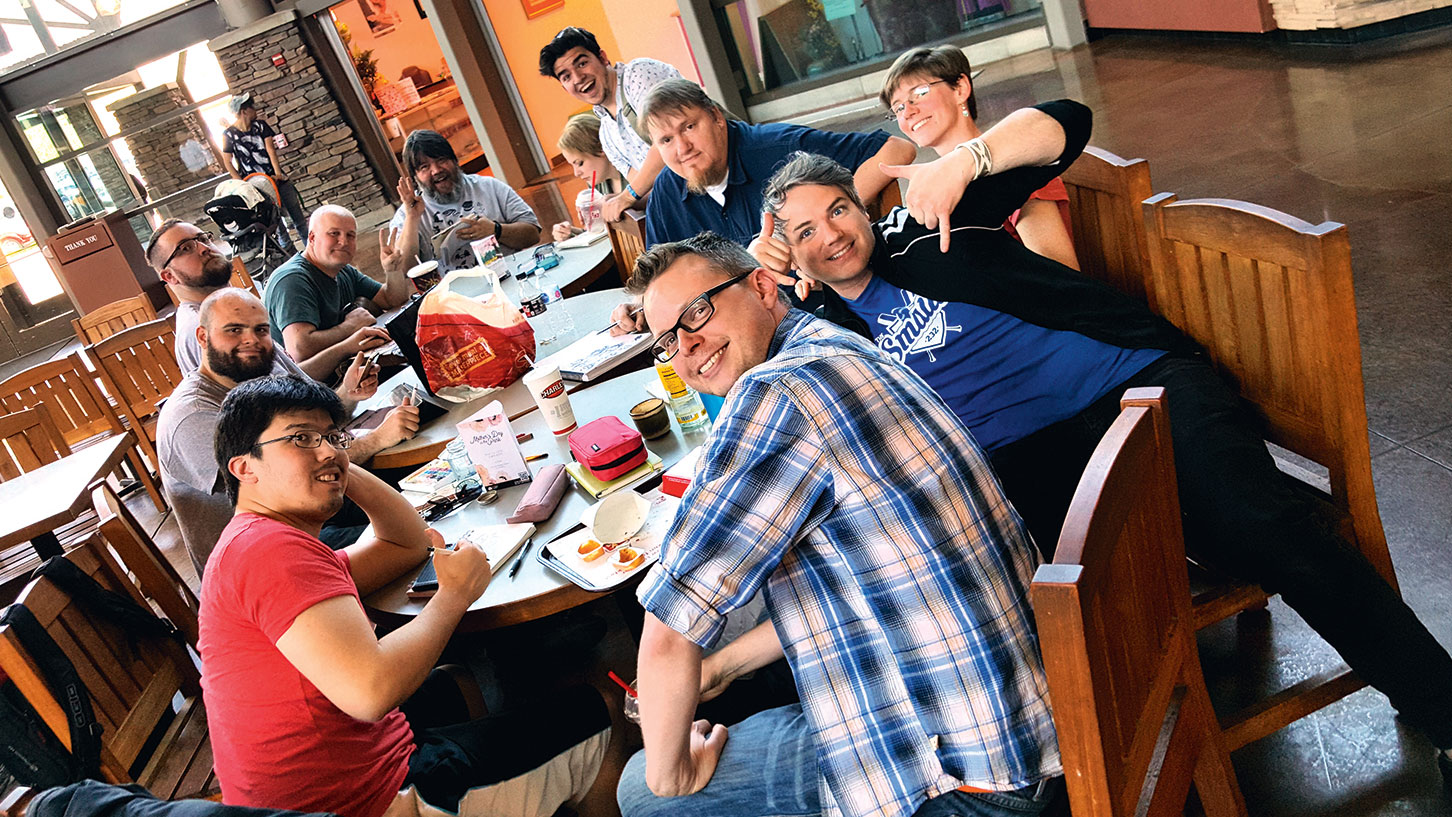
There were days when I wondered if anyone went through the struggles I experienced. It was tough because I didn’t have a lot of peers who were into art. I always felt that it had to be easier for others. Once I decided to become an artist, I reached out to as many creatives as I could, meeting them for lunch to pick their brains.
I wasn’t after technique advice – instead, I wanted to know how they handled mental challenges and to see what they were like as people, rather than artists. I’m lucky to have such a huge pool of creatives in my life. I usually do a weekly draw lunch at the local mall’s food court. It’s nice to be able to see a variety of challenges that life can throw at an artist in varying fields and at different stages of careers. It’s a great way to be educated, connect, to nurture and be nurtured.
09. Remember to dream big
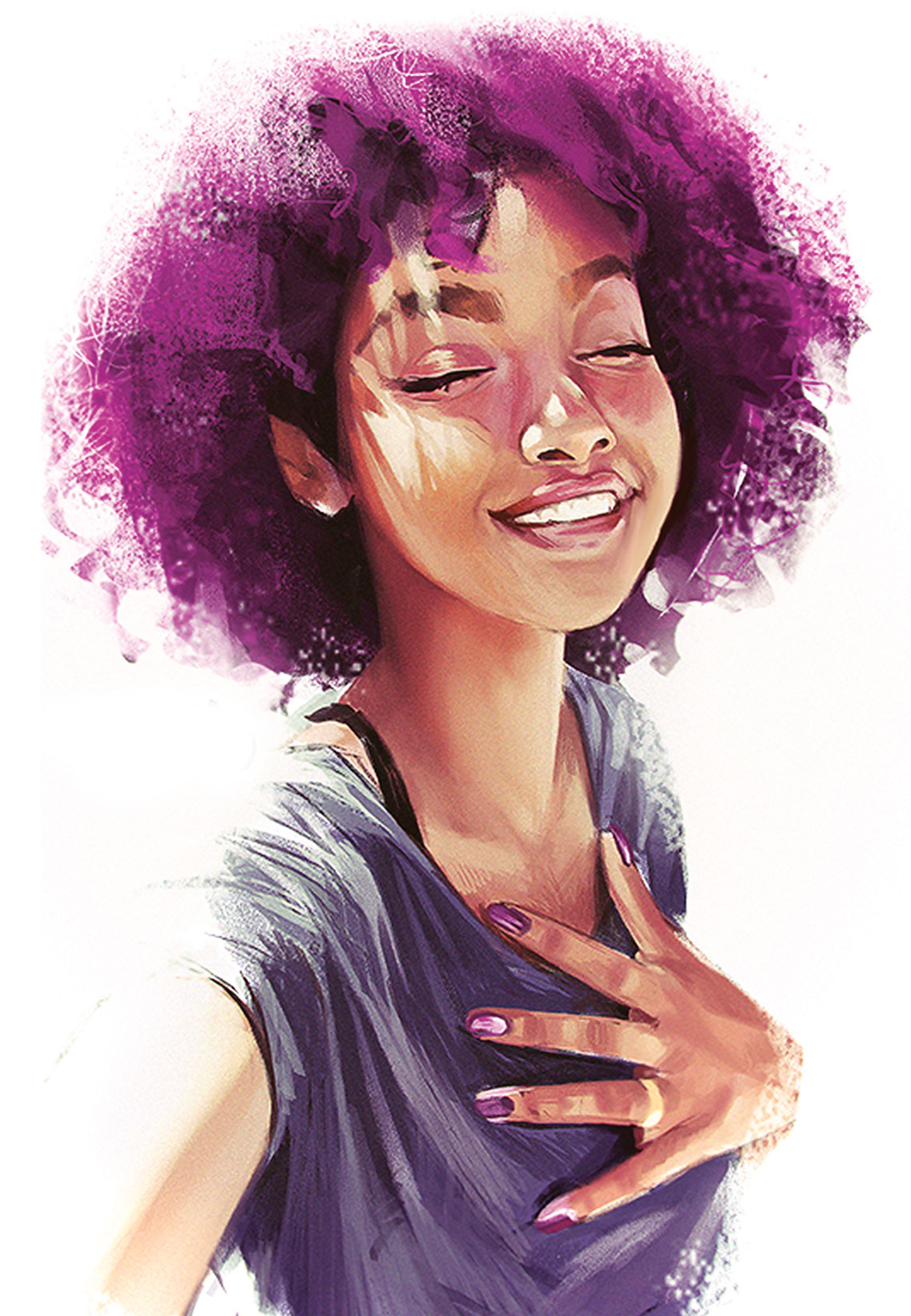
I’ve been a dreamer my whole life. I believe it’s the reason why I’ve stuck with art for as long as I have. I would imagine all kinds of grand experiences that being an artist would enable me to have. Yet once I made art my career, I noticed that I didn’t dream as I once did. I lost some of the sparkle that I had as a beginner artist. It became harder to bring the dreamer out. I didn’t want him to get hurt. It’s sometimes easier to just go through the motions and play it safe.
When my daughter was born it challenged this approach to life. I realised that it’s the dreamer who keeps me at it – even when I don’t like what I’m producing. It’s the dreamer who gives me the ability to move forward with my art in a positive way. It’s the dreamer’s imagination that makes it possible to glimpse at the artist you want to become and feel the joy of it now. Take a chance on nurturing that dreamer.
10. Keep a journal
A journal is a great way to see what’s on your mind before you draw. For example: 'I didn’t sleep well last night and had a lot of things that I needed to get done. Man, I’m irritated today!' I noticed I would take these types of aggressive moods into my drawing time unintentionally.
By writing them down before I drew, I learned not be as harsh a critic after I had finished a drawing. It was understandable that when I was irritated, I didn’t produce the same quality compared to when I was in a good mood. I could show myself some compassion, much like I would with a friend going through a tough time.
After a while I learned to look for things that could improve my odds of having a better learning experience – to get into the zone. Another benefit comes if you keep a journal for a long time. You’re able to go back and see how different your thought process was and find out what was successful and what negative patterns were showing up that you hadn’t noticed before. Writing down my thoughts before drawing warmed up my hand. But it also helped me make more mindful decisions and gave me a boost in my self-confidence.
11. Set a time limit
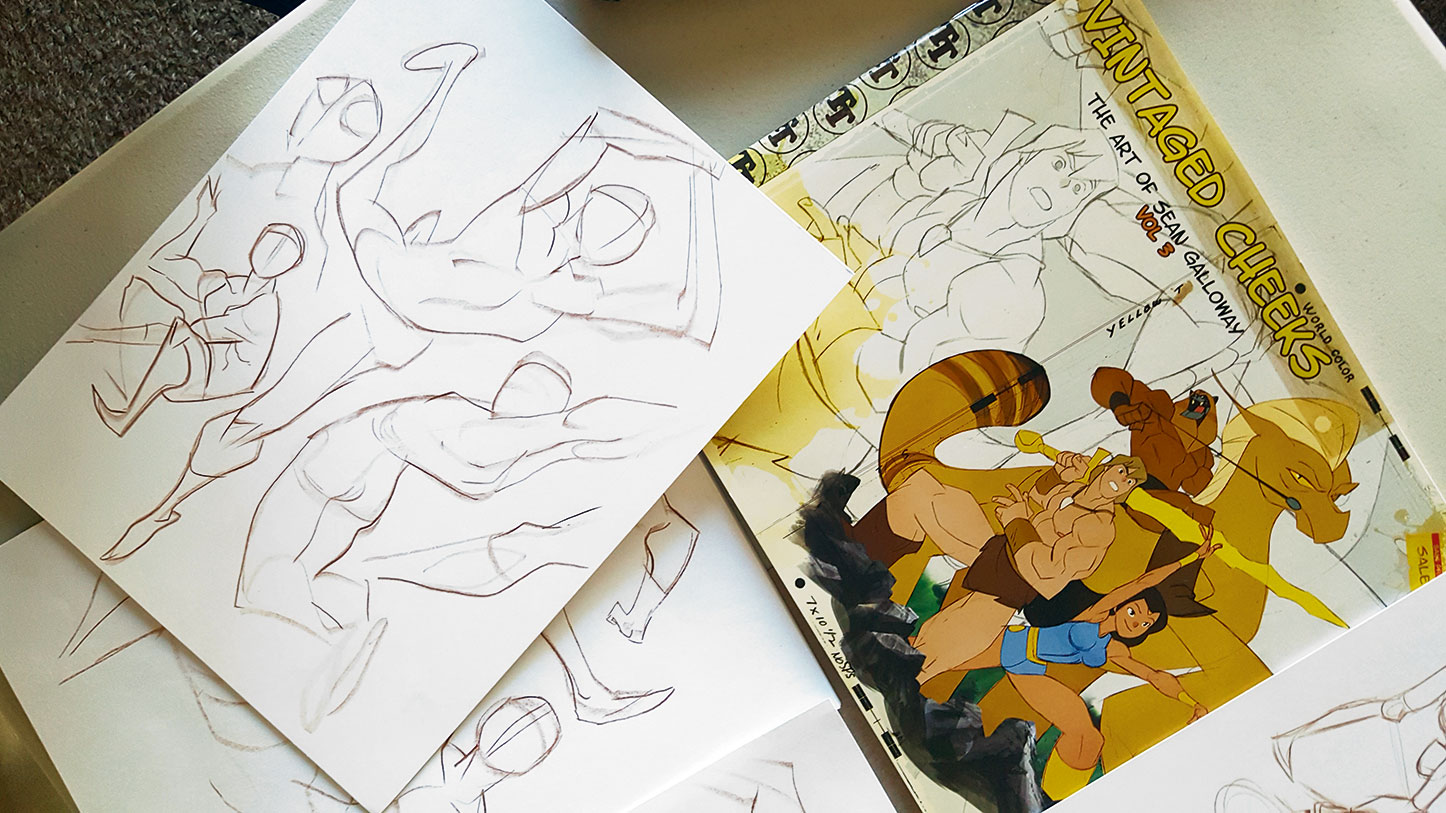
When I chose to stay at home and raise my daughter, I limited my art time so I could focus on being a dad. I always felt guilty when I did some art. Quick bursts while she was eating breakfast or napping became the norm. A benefit from doing this was my inner critic went from saying, 'Your art will never be good enough' to 'Come on! Fifteen minutes? You can do more than that! I’ve got exciting ideas you can try if you go just a little longer!'
My keenness to fit in my limited drawing time kept growing and became quite cherished. Stopping short also helped me to carry that excitement into subsequent sessions. I noticed that I didn’t suffer art burnout as often and that my mind worked on what I could do the next day more easily. Nowadays, I have a bit more time to dedicate to my art, but most of the time I limit it to short sessions and find myself more inclined to be excited every time I pick up my pencil.
12. Get to know your feelings
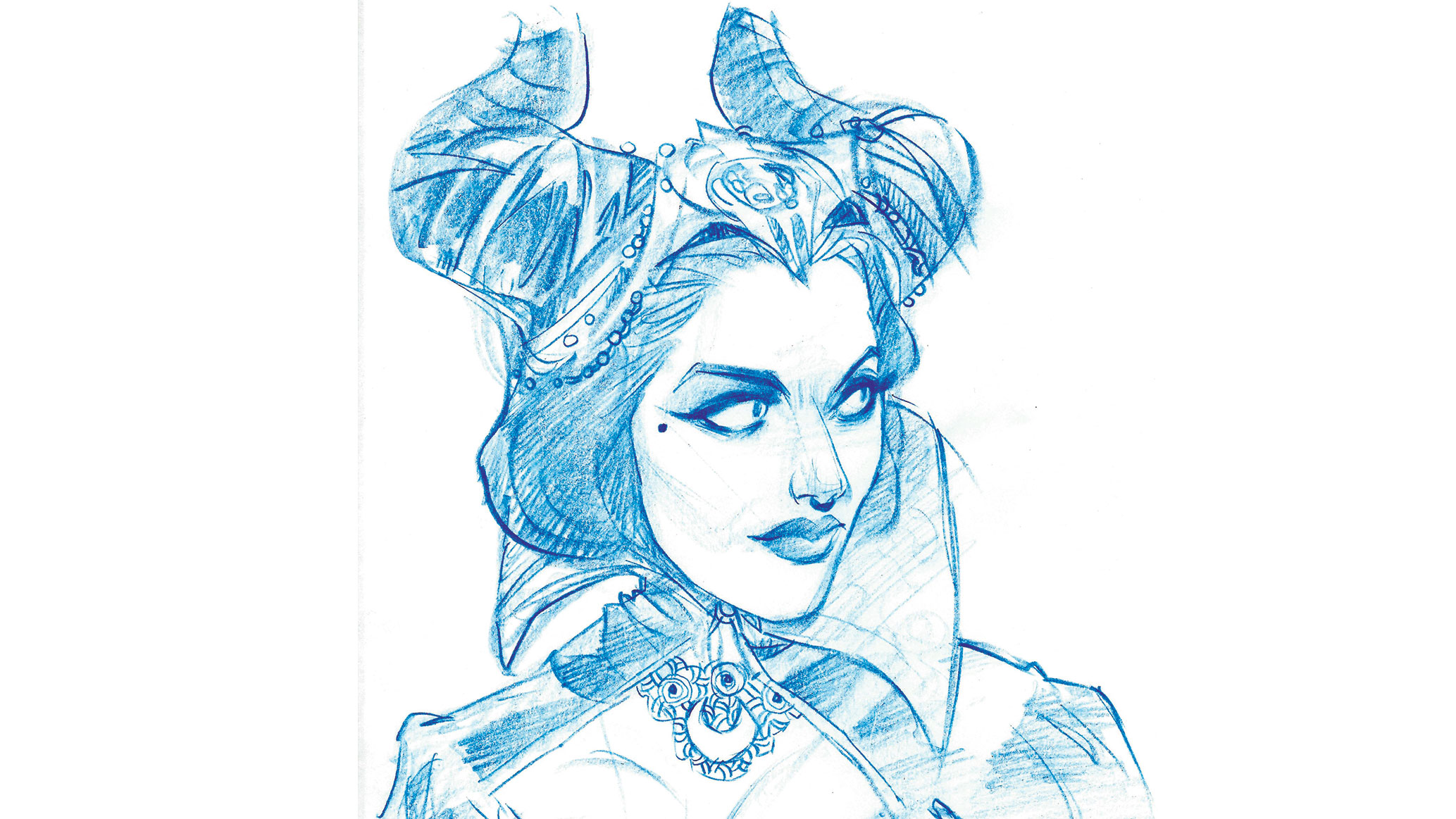
Most of my tips revolve around the mental process. Emotions dictate how we make decisions. Not only as artists, but as human beings. Look at how many artist are insecure with their art! I know I’m one of them.
I thought it would go away once I turned professional… nope! Learning how to express emotions through shapes, colours, composition and so on has helped me see both sides: producing as well as consuming art. When you’re working on the basics, take some time to understand why you feel a certain way. When you’re working for someone, they’re the ones who dictate what they want the end product to represent. It can be overwhelming to create this way because we can’t really feel what the other person is thinking, and we tend to make assumptions based on what they say. So when we build a large library of techniques for expressing ourselves in our minds, we have a better chance at hitting the target for someone else’s vision.
13. Don't be afraid to tackle the basics (again)
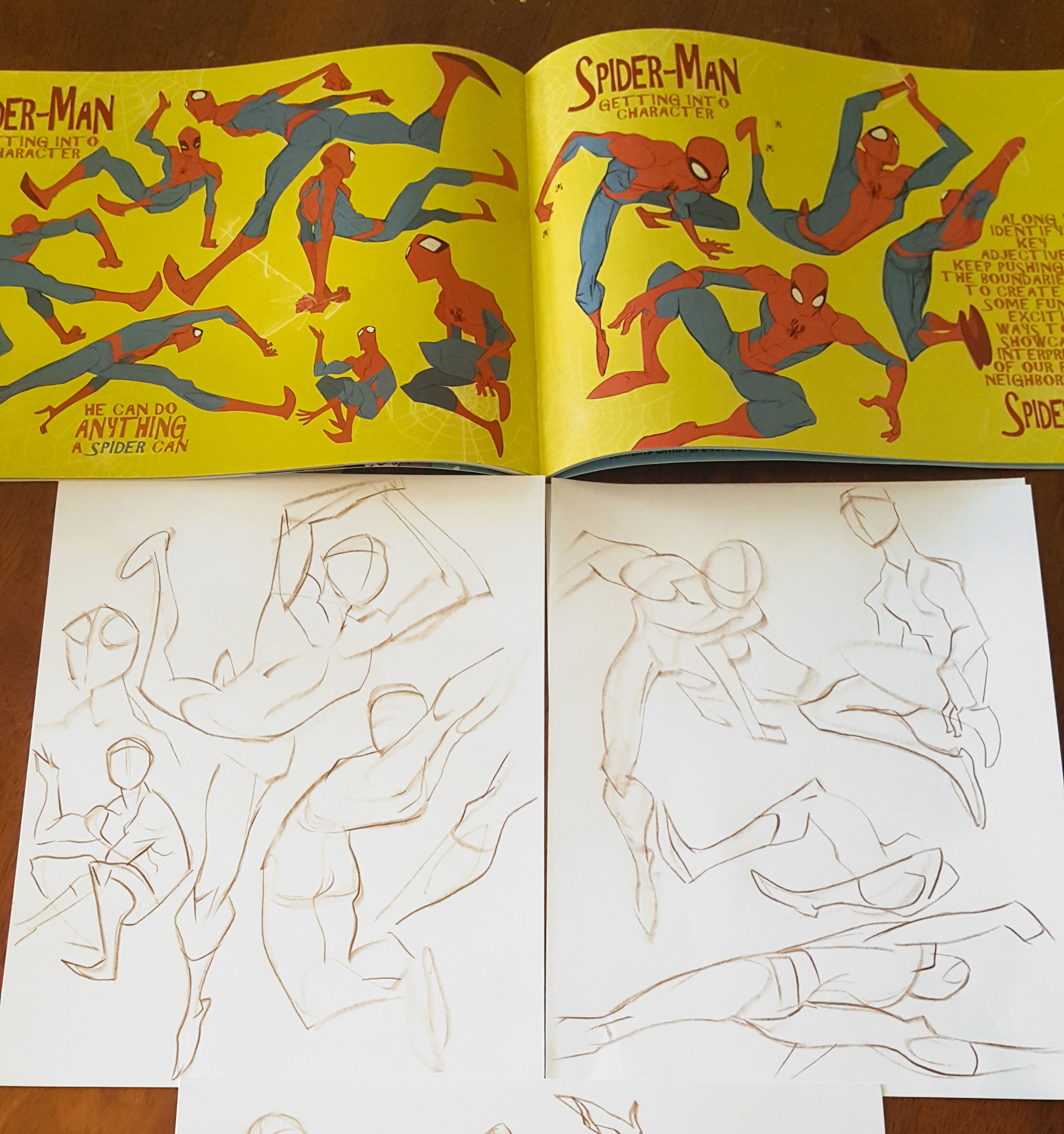
In my rush to become better at art, I skipped the basics. My mind would say, 'Yeah yeah, I know that.' Well, I learned that you don’t really know something until you can apply it properly – and more than once. The more I learn, the more I realise I don’t know anything. This is a great mindset to have as a creative. Early on, everyone wants to be the master of their craft. It’s mainly where my drive was coming from. The focus becomes this destination we want to arrive at as an artist.
I’ve come to realise the magic doesn’t come from the achievement, but from all the things it took to get to that place. When you retain the student mindset and stay eager to learn, you can revisit the basics with a degree of excitement. From there, you can flourish in so many different ways and gain the confidence to bend the basics to your will.
14. Be okay with failing
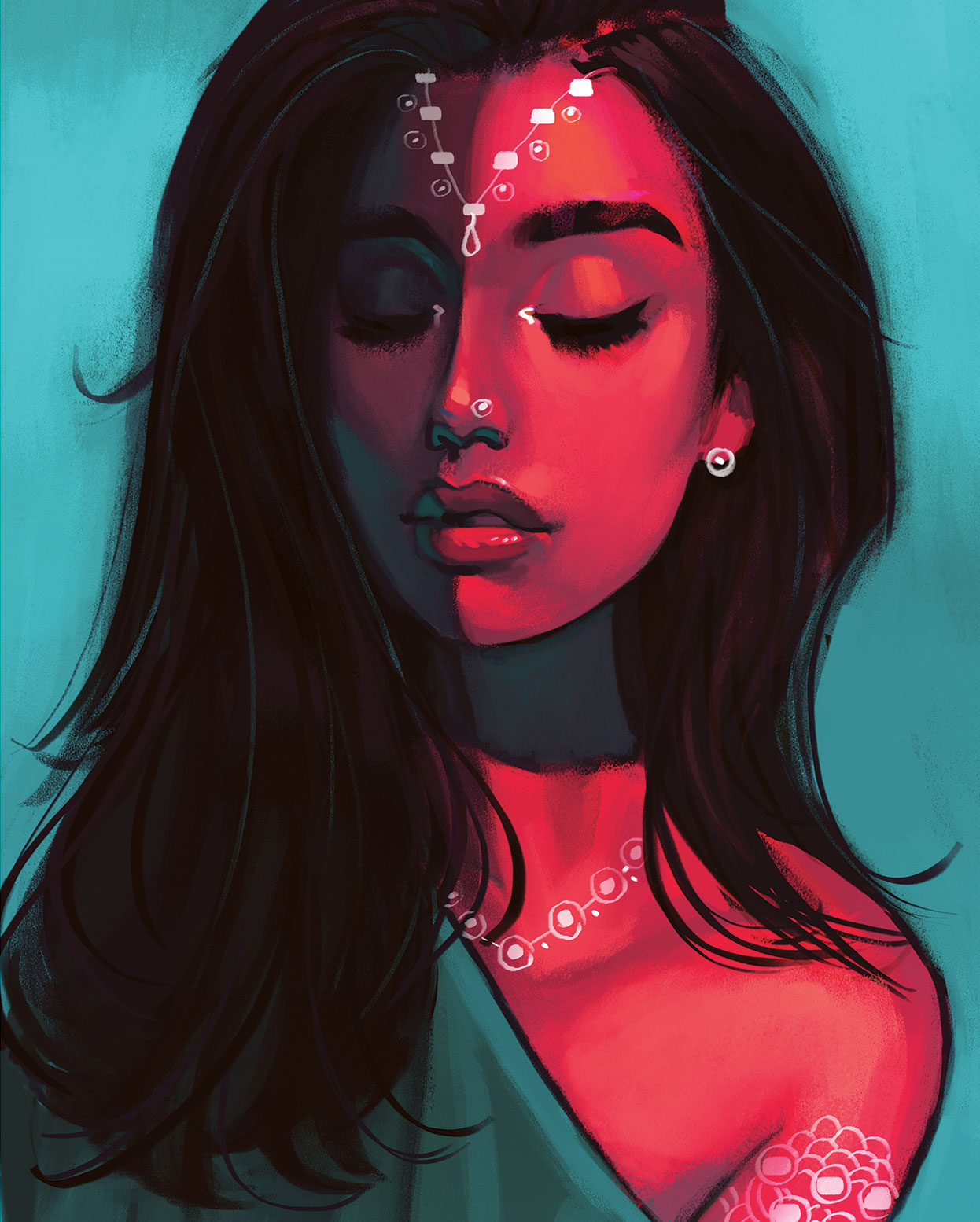
Bad drawing days are bound to happen. As long as I’ve been at it, I’ve learned that my biggest growth came from those bad days, especially when I looked at them properly. Being an artist, you can be your worst critic, but that’s not really the case. We just make it sound that way.
When we have those bad days, we tell ourselves how terrible things are, and that we’ll never amount to anything. What’s really being said is that you’re not where you want to be. That voice wants you to become the artist you want to be. If your goal is to become better at what you do, then dissatisfaction is a ruler on which to measure your progress. Take time to look over how the journey is going for you at that moment of frustration.
I think all my work isn’t where it could be – more so than when I first set out to be an artist. I’m grateful for this feeling. I get excited through my failures because I know each one is a lesson that’s needed for me to grow and improve.
15. Have a hobbyist mindset
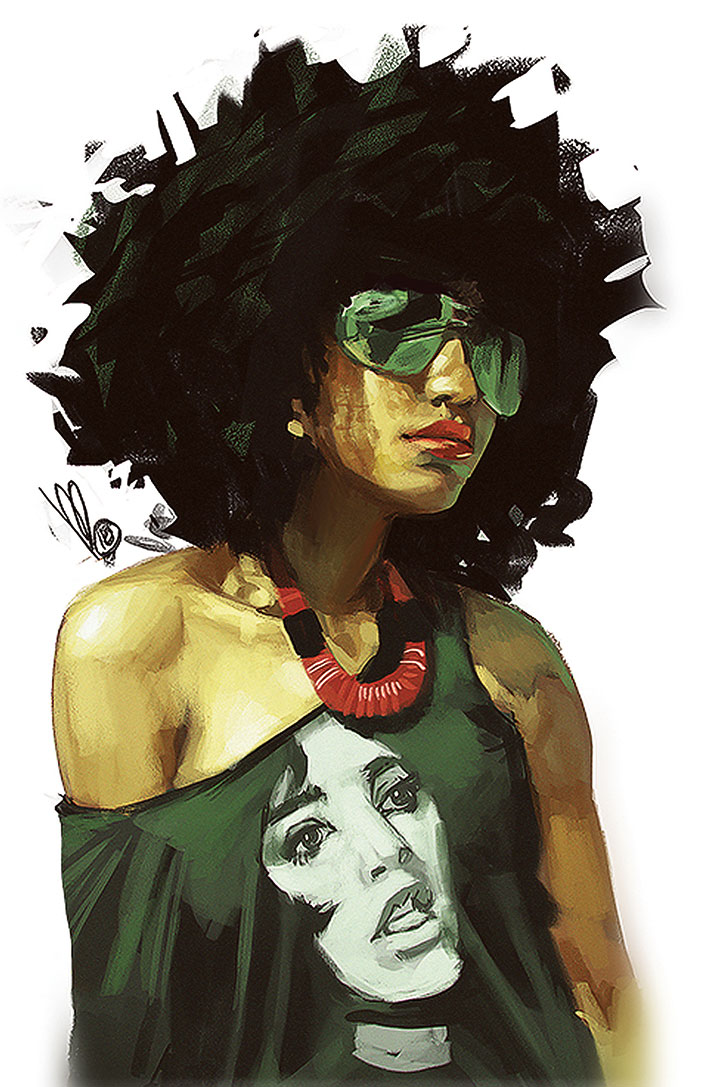
I know when I decided to make art my profession, I got serious about it… a little too serious, to tell you the truth. I loved toys, Saturday morning cartoons, video games and comics as a kid. When I wasn’t enjoying those things, I drew.
By starting late with my career, I spent the early years excited to have finally arrived. Soon, however, I started seeing it as just a job. I never imagined I’d think of it that way. Especially because I’d never thought I’d get the opportunity. I was doing enough to get my work done, but was missing the love that pushed me to improve.
Adopting a hobbyist mindset helped me cherish the time I get to 'art it up'. Even when I actually take on clients, I try to come from this place. I’ve conditioned myself to get excited at the thought of art. This has made me more productive and excited to learn new things, which could be beneficial to my creative workflow. It’s the foundation of why I 'keep on keepin’ on!'
This article was originally published in issue 162 of ImagineFX, the world's leading digital art magazine. Buy issue 162 or subscribe here.
Related articles:
